In today’s consumer goods industry, the quest for sustainable packaging solutions has reached new heights. Amongst the advancements gaining traction are flexible pouches, also driven by consumer and brand insight. These innovative packaging solutions offer versatility, accessibility, and eco-friendly attributes, positioning flexible pouches to change the game of packaging in multiple sectors. Flexible pouches have many benefits compared to other packaging options. Here, we will dive into the potential of flexible pouches, analyzing the priceless consumer and brand insights that elevate their transformative power.

Consumer and Brand Insights: Convenience and Sustainability at the Forefront
Flexible pouches align with the evolving preferences and demands of today’s consumers. Here are a few key consumer and brand insights that highlight the potential impact of flexible pouches:
1. Sustainability Consciousness:
Consumers and brands are seeking sustainable alternatives that minimize the environmental impact. Flexible pouches check this box by using fewer materials and reducing carbon footprint during production and transportation. Today more and more people are concerned with what is inside and outside a product they purchase. One of the primary questions always seems to be, “How sustainable is this product?”. According to Carter Press Release, it is predicted that 20% of organizations will shift their sustainability focus from recycling and eliminating plastics to reducing the carbon footprint of their packaging by 2026.
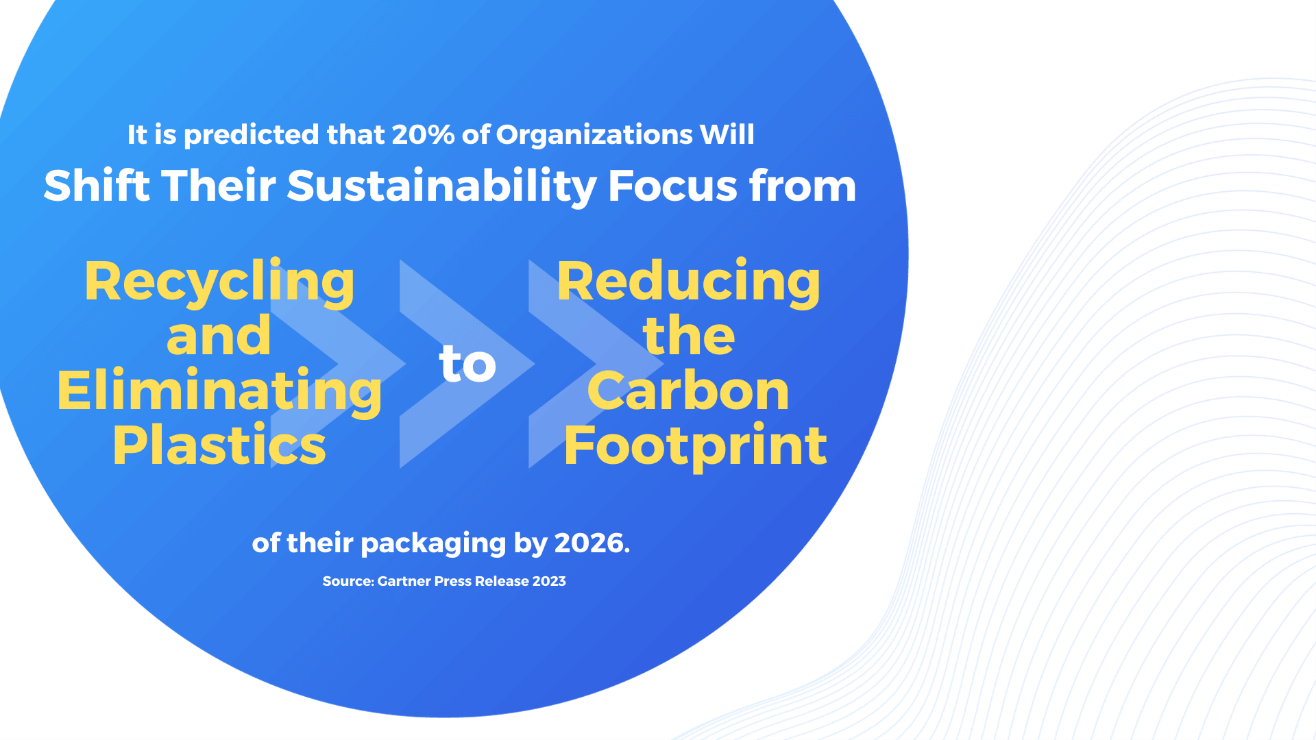
More and more consumers are realizing that recyclable packaging does not mean the packaging gets recycled. Reduction and reducing the carbon footprint are becoming a more critical aspect for both manufacturers and consumers. According to NIQ insight, 69% of consumers said sustainability has become more important to them over the last two years yet 1 in 4 consumers believe companies are not making it easy for them to act in this way.
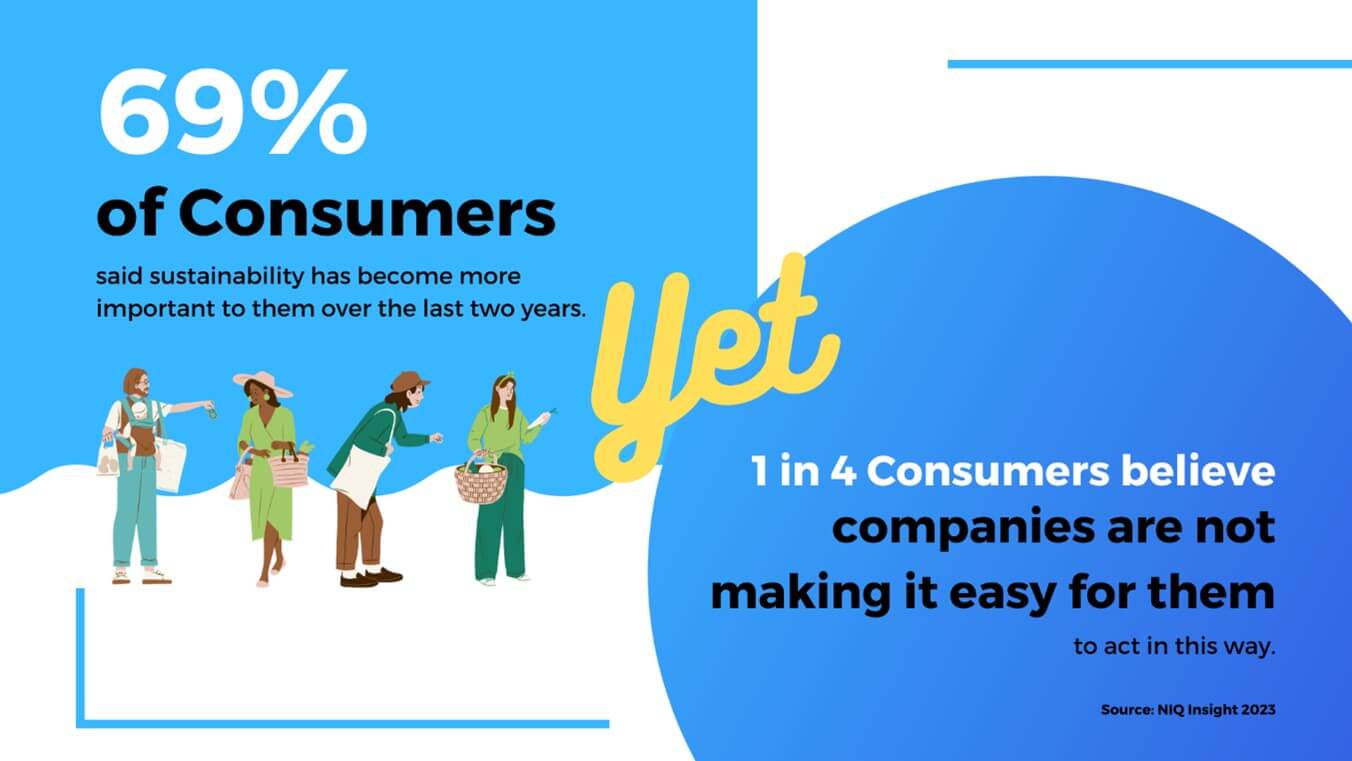
Presently, individuals from diverse generations, regions, and localities in the United States consistently prioritize the environmental impact of ocean litter as their primary concern. This issue has notably surged in significance since 2020, overshadowing other factors associated with packaging’s environmental impact, like climate change and deforestation, which have diminished in importance among those participating in surveys.
We all know how important solving our environmental issue has been recently. Not only here in the US but, around the world. I believe that since we have so many vivid images of ocean litter and maybe you cannot “see” climate change as vividly lead to the increase of ocean litter recognition.
2. Consumer’s Preferences:
Many brands have concerns about consumer’s perceptions toward flexible pouches and have hesitated to move away from traditional rigid packaging. However, recent surveys indicated that consumer’s perceptions have been changing. About a third of consumers stated that the packaging’s appearance was important to them, but it has dropped more than 17% since 2020, according to McKinley. Even though the visual appeal is still important, more and more consumers are accepting flexible packaging. According to the study done by Nielsen IQ, Doy refill packaging (flexible pouch) maintained the product’s and brand’s perceptions as rigid packaging.
3. Functionality:
Evacuation Rate
Flexible pouches have gained recognition for their astonishing evacuation rate, making them a game-changer in reducing product waste, especially for liquid products. With their unique design and structure, these pouches enable consumers to extract every drop of the product inside, ensuring minimal waste. If you are paying for the entire product, you should be able to use the entire product!
Unlike traditional rigid packaging, which often leaves behind residual amounts that are challenging to access, flexible pouches maximize product usage. This feature impacts waste reduction and augments consumer satisfaction by ensuring they get the most out of their purchase. I feel more satisfied knowing that I used all of a product.

Users can effortlessly extract the product from lotions to condiments without leaving any significant amount trapped inside. This advantage sets flexible pouches apart from their rigid counterparts, reforming how products are consumed and eliminating unnecessary waste. This enhanced product usage experience raises customer satisfaction and creates brand loyalty.
Shelf Life
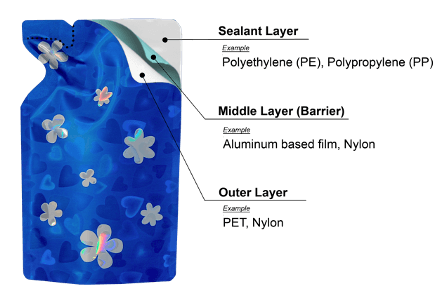 According to a study by McKinsey, 70% said shelf life was extremely or very important. Consumers do not just want an exceptional product; they want an exceptional product with a long shelf life!
According to a study by McKinsey, 70% said shelf life was extremely or very important. Consumers do not just want an exceptional product; they want an exceptional product with a long shelf life!
Various factors, such as moisture and light, influence the shelf life of many products. Some products are more sensitive to oxygen, which can cause degradation. Flexible pouches have the advantage of being able to customize barrier properties easily compared to rigid packaging with minimum packaging material.
Portability and Convenience
Consumers value packaging that is easy to store, open and carry. Flexible pouches offer compact and lightweight assets, making them ideal for on-the-go lifestyles. This lifestyle seems to be the one that most of us have, non-stop and always on the move! Whether it’s travel-sized toiletries or beverages, these pouches provide hassle-free portability, allowing consumers to enjoy their favorite products wherever they go.
5. ESG Practices
Legislative changes in 2023 will significantly impact sustainability efforts. Businesses face increasing pressure to comply with demanding sustainability regulations. Consumer Packaged Goods (CPG) sector is aligning with evolving consumer preferences on environmental, social, and governance (ESG) matters. ESG claims are a trend that seem to be here to stay. People care more and more about their packaging. Not just the packaging itself but, the entire process it took to end up on shelves. It is evident across many studies, consumers are increasingly more interested in products that are sustainable.
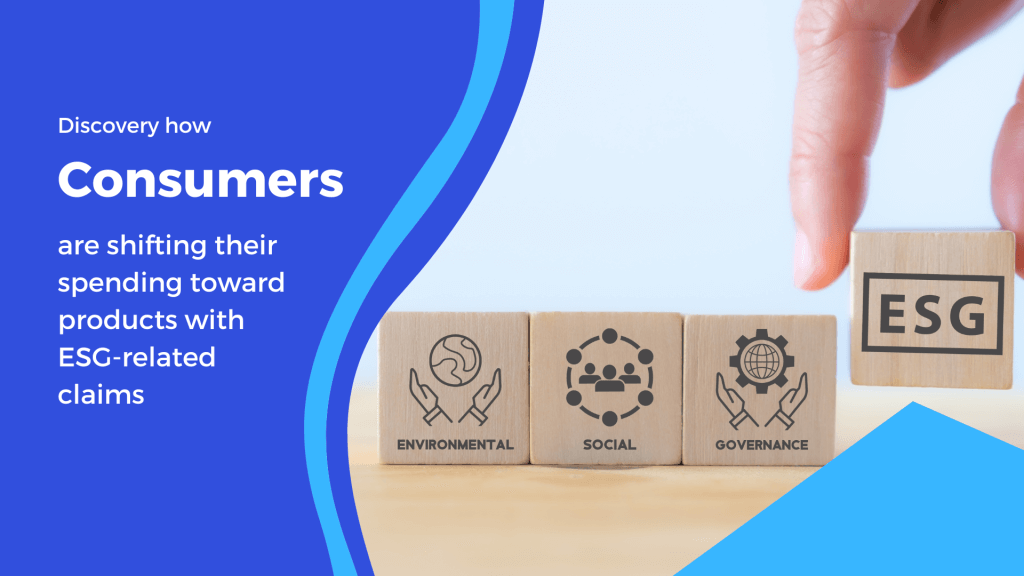
McKinsey conducted a study survey over the past year to determine where your products made of ESG claims on their packaging outperformed products that did not. Here is what they found.
- Products making ESG-related claims averaged 28% growth compared to 20% by products not making the claim.
- These ESG products also accounted for 56% of all growth, there was a 38% growth from non ESG related products.
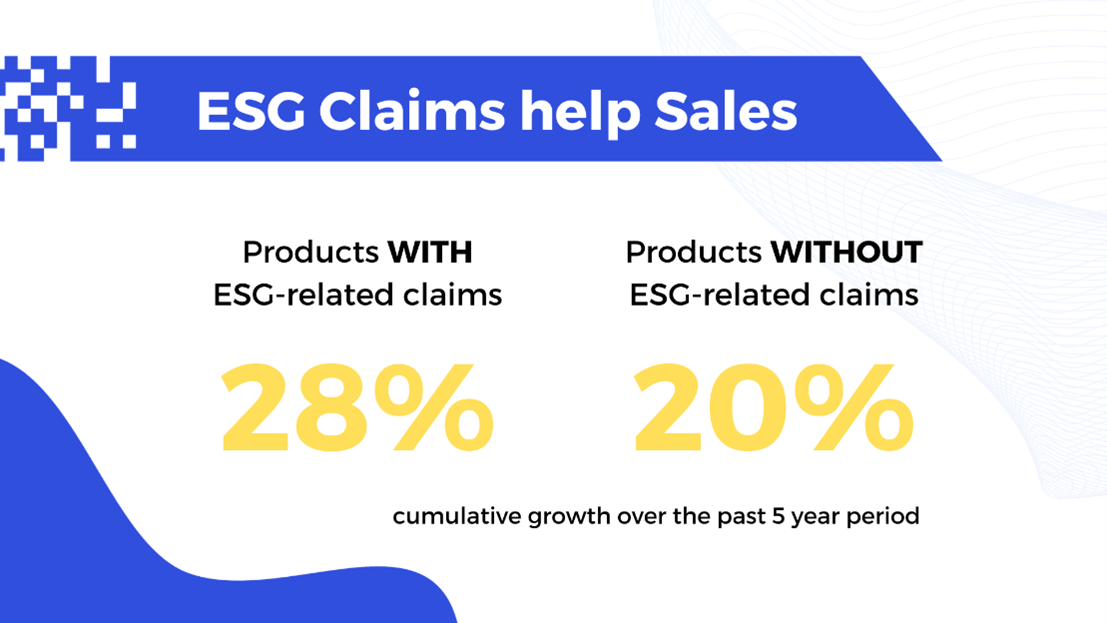
This shift towards source reduction and more sustainable packaging options emphasizes the need for innovative solutions like flexible pouches to meet evolving environmental standards and consumer expectations. It seems to be a shift that we are all going towards, the question on when still lingers.
Here at ZACROS we expect to see an expansion of refill pouches with this new legislation. Our pouches are recyclable-ready and by switching to these you are likely not to be paying the high fines associated with other packaging options.
Conclusion
Flexible pouches have the potential to reshape the consumer goods industry. Their high evacuation rate minimizes product wastage, offering maximum value to consumers. Moreover, flexible pouches’ convenience, portability, and sustainability attributes align perfectly with evolving consumer preferences. As more brands embrace this innovative packaging solution, we can anticipate a significant shift toward a more sustainable and consumer-friendly future.
Flexible Pouches
Are you interested in flexible pouches? ZACROS has manufactured flexible pouches for home and personal care products for over 25 years. ZACROS provides a wide range of flexible pouches, from a spoutless laminated pouch to a monomaterial spout pouch. We assist with material selections and designs to filling assist. Contact us today to learn more about sustainable refill pouch options.
Flexible Pouch | ZACROS AMERICA
References
“Do Consumers Care about Sustainability & ESG Claims?” McKinsey.
“RepRisk | On the Rise: Navigating the Wave of Greenwashing and Social Washing.”
“Sustainability Drives Innovation in Packaging Design.” packagingdigest.com.
“The Drive Toward Sustainable Packaging.” McKinsey.
“The Future of Packaging is Flexible.” Packaging Strategies.
“The Sustainability Imperative in CPG.” Consumer Goods Technology.